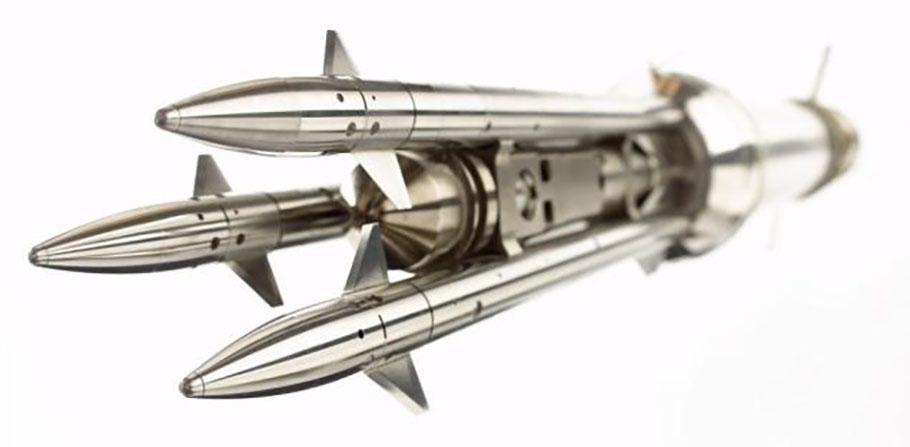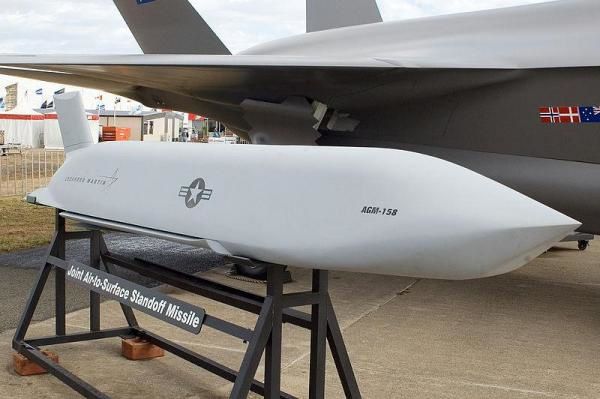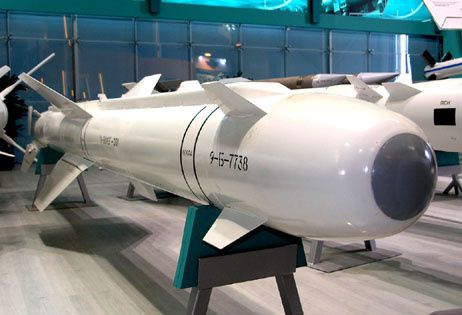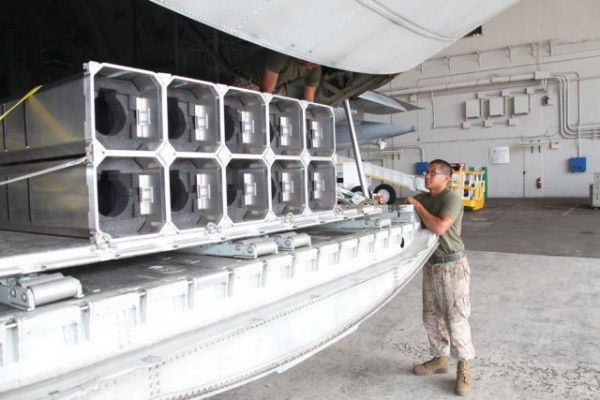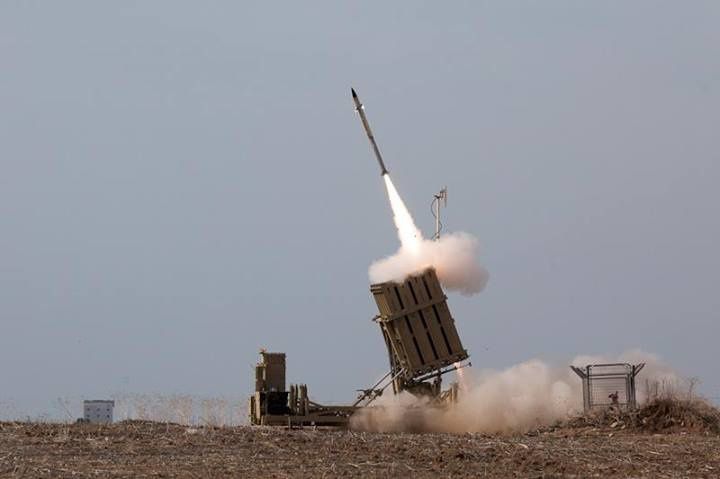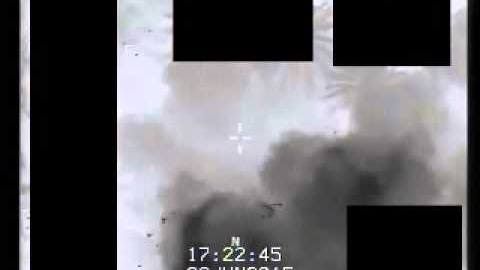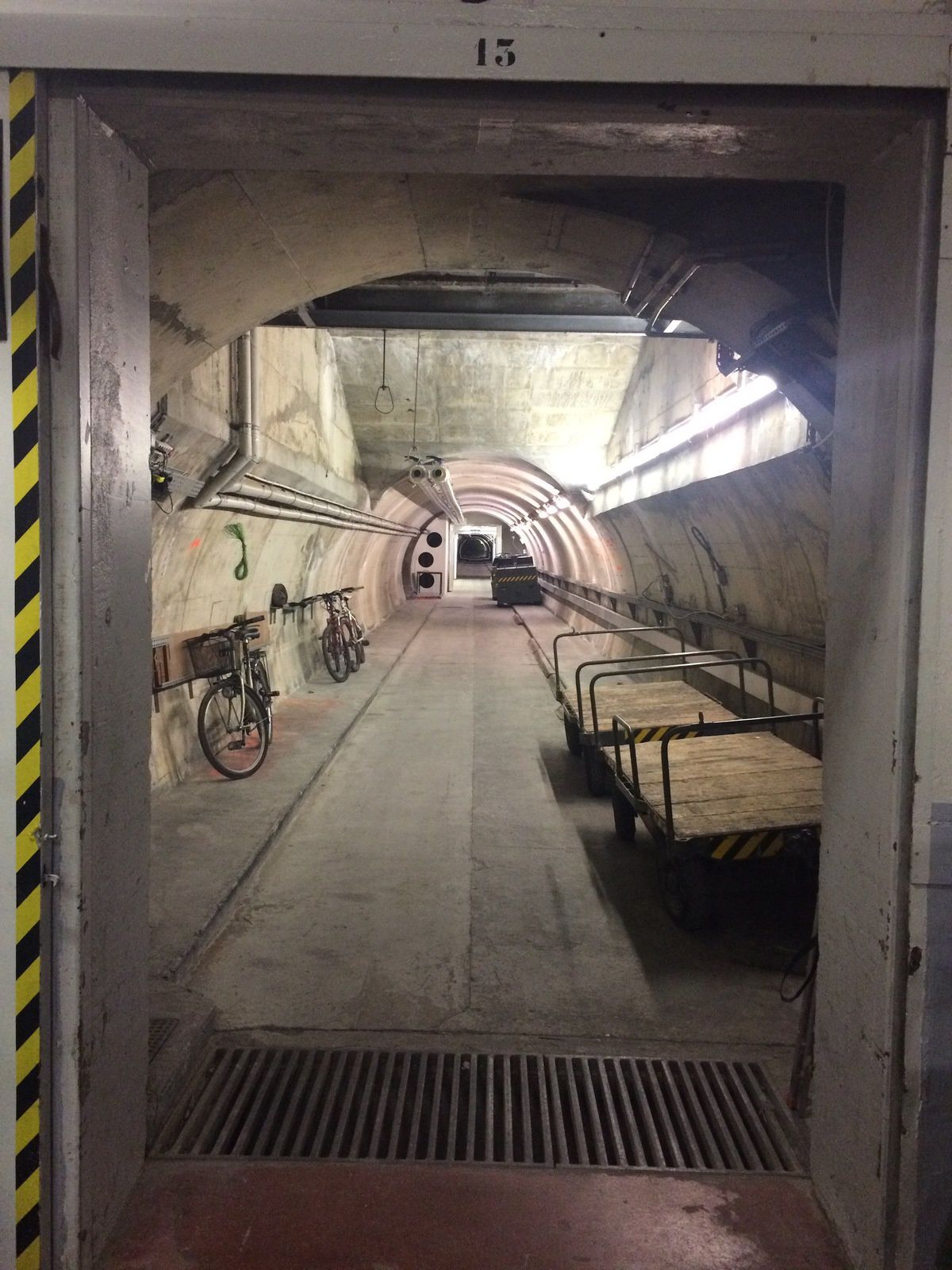"Nous sommes tombés d'accord pour accélérer certaines ventes d'armes qui sont nécessaires et qui ont pris trop de temps par le passé", a déclaré John Kerry lors d'une conférence de presse au Qatar.
04/08/2015 Par latribune.fr
Les États-Unis vont "accélérer" leurs ventes d'armes aux pays arabes du Golfe, a annoncé lundi le secrétaire d'État John Kerry, les monarchies s'inquiétant des ambitions régionales de leur rival iranien chiite et de l'accord sur le nucléaire.
Déjà très présents militairement, les États-Unis vont "accélérer" leurs ventes d'armes aux pays arabes du Golfe, a annoncé lundi le secrétaire d'État John Kerry, les monarchies sunnites s'inquiétant des ambitions régionales de leur rival iranien chiite et de l'accord sur le nucléaire. "Nous sommes tombés d'accord pour accélérer certaines ventes d'armes qui sont nécessaires et qui ont pris trop de temps par le passé", a déclaré John Kerry lors d'une conférence de presse au Qatar.
John Kerry était à Doha pour rassurer ses homologues des monarchies du Golfe sur les bienfaits de l'accord international sur le nucléaire iranien pour la sécurité de la région. Il a participé à une réunion exceptionnelle des ministres des Affaires étrangères des pays membres du Conseil de coopération du Golfe (CCG) : Arabie saoudite, Bahreïn, Émirats arabes unis, Koweït, Oman, Qatar. "Nous sommes tombés d'accord pour engager des formations très particulières (...) pour échanger et partager des renseignements", a poursuivi le chef de la diplomatie américaine.
Missiles balistiques
Il a également évoqué une poursuite des discussions entre les États-Unis et leurs alliés du Golfe, engagées à Camp David en mai, sur l'intégration des systèmes de missiles balistiques des pays de la région, ainsi que "l'augmentation du nombre d'exercices" militaires conjoints. "Ce sont quelques exemples de la manière dont nous pensons que la sécurité de la région peut être renforcée et la coopération améliorée", a plaidé John Kerry au côté du ministre des Affaires étrangères du Qatar, Khaled al-Attiya.
Ce dernier, parlant au nom de son pays, a assuré que l'accord sur le nucléaire iranien était "la meilleure option parmi d'autres". Les monarchies du Golfe, conduites par l'Arabie saoudite, ont accueilli avec prudence l'accord historique conclu le 14 juillet à Vienne entre l'Iran et les grandes puissances du groupe 5+1 (États-Unis, Chine, Russie, France, Royaume-Uni, Allemagne), sous l'égide de l'Union européenne.
D'une durée de dix ans, le compromis doit garantir que Téhéran ne se dotera pas de la bombe atomique en échange d'une levée progressive et conditionnelle des sanctions internationales qui étouffent son économie. Mais les puissances sunnites redoutent que leur rival chiite ne cherche dorénavant à élargir encore son influence dans le monde arabe et à s'imposer comme la puissance régionale.
- "un bon accord" -
Un diplomate américain s'est félicité que le chef de la diplomatie saoudienne, Adel al-Jubeir, ait "exprimé publiquement la satisfaction du gouvernement saoudien devant un bon accord". Mais le même Adel al-Jubeir avait dénoncé la semaine dernière des "déclarations agressives" émanant de responsables iraniens, après que Téhéran a accusé Bahreïn, allié de Ryad, d'exacerber les tensions en portant des accusations infondées contre Téhéran. Dimanche au Caire, John Kerry avait déjà assuré que le règlement avec l'Iran renforcerait la sécurité des pays arabes, inquiets des ambitions de Téhéran. Des propos quelque peu contradictoires avec la volonté des États-Unis d'accélérer les ventes d'armes dans les pays du Golfe.
Au même moment, dans une déclaration télévisée, le président iranien Hassan Rohani affirmait que l'accord nucléaire allait créer un "nouveau climat" régional afin de régler des conflits armés comme au Yémen et en Syrie. Poids lourd du Golfe, l'Arabie saoudite dirige une coalition arabe qui mène depuis fin mars au Yémen des frappes aériennes contre les rebelles chiites Houthis, afin d'empêcher cette rébellion soutenue par l'Iran de s'emparer de tout le pays. En Syrie, l'Iran est le principal allié régional du régime du président Bachar al-Assad, alors que l'Arabie saoudite soutient l'opposition.
La Syrie évoquée
John Kerry a rencontré à Doha ses homologues russe et saoudien, Sergueï Lavrov et Adel al-Jubeir, pour parler essentiellement du conflit syrien. A l'issue de cette réunion tripartie inédite, Sergueï Lavrov a dénoncé comme "contre-productives" les mesures supplémentaires annoncées par Washington pour défendre ses alliés combattant en Syrie. John Kerry s'est envolé en soirée pour Singapour.








/image%2F0547456%2F20150929%2Fob_c14d2e_edition-2012-de-nawas.jpg)
/image%2F0547456%2F20150929%2Fob_4ca6a2_edition-nawas-2012.jpg)



